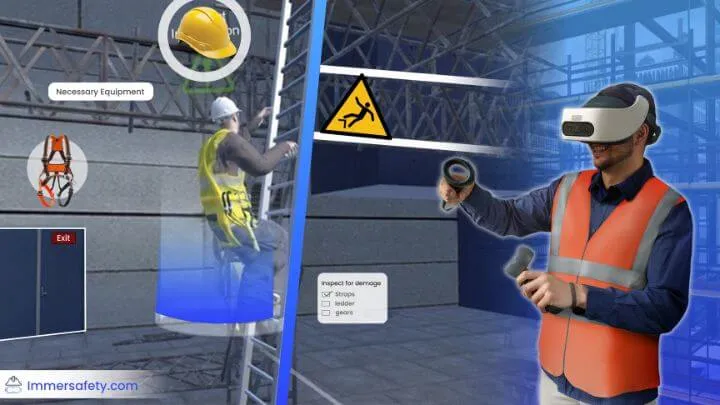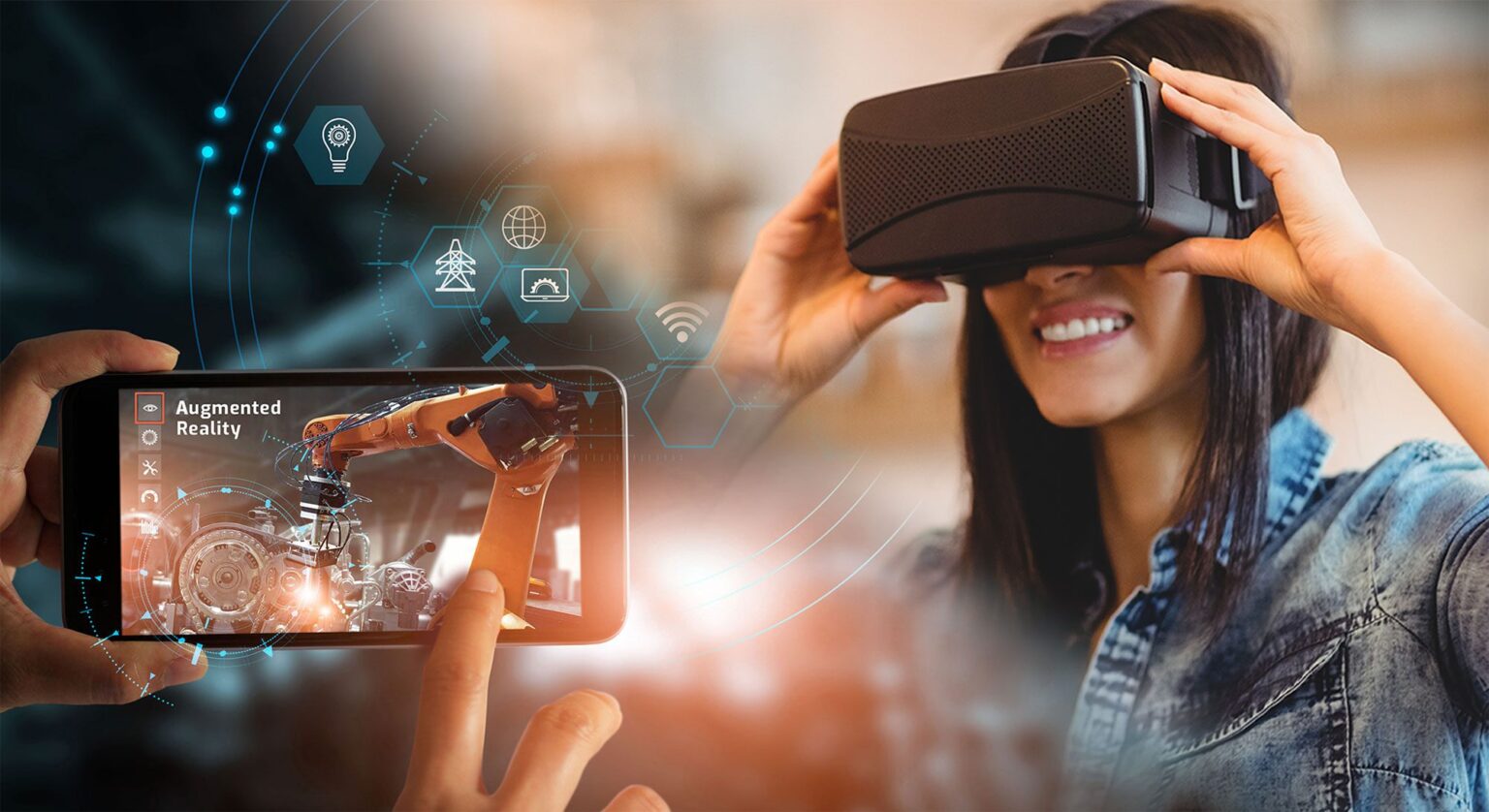Virtual reality training programs are emerging as a dynamic force in workforce development across Oman. These immersive technologies transform learning into engaging, effective experiences shaping skilled professionals ready to drive economic growth. By humanising training, virtual reality empowers learners, accelerates competence, and bridges skills gaps in key industries throughout the Sultanate.
Unleashing Engagement with Immersive Learning
Instead of traditional classroom lectures or videos, VR places learners directly in realistic scenarios they would face on the job. Whether it’s practising customer service in a virtual retail store, troubleshooting machinery in a simulation of an oil rig, or rehearsing medical procedures in a hospital environment, VR engages all the senses. This high level of interactivity creates strong emotional and cognitive connections. Learners remember concepts more easily, stay motivated, and develop confidence faster especially for complex or high‑pressure tasks.
Bridging Skills Gaps in Key Sectors
Oman’s strategic industries such as oil and gas, healthcare, tourism, logistics, and manufacturing require highly technical skills and rigorous safety training. Virtual reality training programs can replicate those specific environments precisely. Trainees gain hands‑on experience in managing hazardous machinery, performing emergency protocols, or interacting with tourists at cultural sites all without risk. This tailored training ensures that employees are job‑ready quickly, reducing on boarding time and minimising mistakes on the job.
Delivering Cost‑Effective and Scalable Training
Traditional vocational training often involves travel, physical materials, expert instructors, and downtime. VR programs eliminate many of these costs. Once a simulation is created, it can serve dozens or hundreds of learners, repeatedly. Omani companies and government agencies can scale training across multiple locations from Muscat to remote industrial zones without added physical classrooms or instructors on‑site. The investment in technology pays off as trainees complete modules faster, make fewer errors in real life, and reduce waste.

Fostering Inclusive and Accessible Learning
Virtual reality training advances inclusive: it enables people from diverse backgrounds and regions across Oman to access high‑quality training. Learners with mobility constraints or those in remote govern orates can participate from local training centers using VR setups, without travelling long distances. Young Omanis, career‑changers, and even female professionals can feel more comfortable practising in a virtual space before transitioning to real‑world workplaces. This access supports Oman’s social goals and ensures talent isn’t overlooked due to geography or circumstance.
Real‑World Partnerships and Local Customization
Successful VR programs for workforce development hinge on collaboration. Oman can partner with technology providers, local universities, training institutes, and industry stakeholders to build simulations tailored to its context. For example, healthcare simulations can reflect Oman’s patient demographics and hospital workflows. Oil‑and‑gas safety modules can replicate local facilities and procedures. Tourism training modules can simulate desert resorts or heritage sites. Custom content makes the training feel authentic and culturally relevant key to learner buy‑in and effectiveness.
Building Tomorrow’s Skills: Soft Skills in VR
Virtual reality isn’t just for technical skills. VR training modules can also build critical soft skills: communication, teamwork, leadership, emotional intelligence, and customer service. For hospitality workers, virtual scenarios with simulated guests teach etiquette and empathy. For managers and team leads across industries, VR role‑plays can model conflict resolution, decision‑making under stress, and effective cross‑cultural collaboration. These soft skills are often harder to teach traditionally but can be practices repeatedly in VR until learners reach confidence.
Measuring Impact: Data‑Driven Training Outcomes
One of the most powerful benefits of VR training is the ability to capture data. Every learner’s actions in a simulation—decisions made, time taken, errors committed can be tracked and analysed. Employers and trainers can use this data to pinpoint weaknesses, measure progress, and refine modules. For example, if many trainees struggle with emergency shutdown procedures in a plant simulation, that module can be improved. The measurable outcomes make training more effective and transparent, strengthening accountability and quality control.

Empowering Trainers, Not Replacing Them
Importantly, VR training complements rather than replaces human trainers. Instructors guide learners, debrief simulations, and reinforce learning with personal feedback. Trainers can observe learners’ VR sessions in real time or playback, and coach them in nuanced ways. This human element grounds the technology in empathy and insight. Trainers become facilitators of learning rather than lecturers aligning with Oman’s emphasis on personalised education and national capacity building.
Nurturing a Culture of Continuous Learning
Adoption of VR training encourages a mindset of lifelong learning in Oman’s workforce. As industries evolve—new technologies, regulations, customer expectations uneatable VR modules mean workers can reskill and adapt quickly. No longer limited by static textbooks or infrequent workshops, professionals can engage with training regularly, continuously improving. This culture of agility and curiosity will serve Oman well in its economic diversification journey and Vision 2040 goals.
Roadmap for Implementing VR Workforce Training in Oman
- Identify priority sectors with skills shortages or safety-critical roles (e.g. oil & gas, healthcare, tourism).
- Partner with VR developers, local universities, training centres, and industry councils to co develop realistic simulations.
- Pilot programs in major cities like Muscat and Salalah, then expand to Governorates using portable VR hubs.
- Integrate VR modules into existing vocational institutes, corporate training departments, or government workforce initiatives.
- Train local instructors to use, monitor, and debrief VR sessions effectively.
- Monitor outcomes via trainee performance metrics, satisfaction surveys, and on‑the‑job impact.
- Update content regularly to match evolving industry needs and feedback.
Inspiring Personal Stories
Imagine a young Omani learner stepping into a virtual refinery simulation for the first time. With no risk, she practices emergency procedures dozens of times until confident. Then she transitions onto the live plant floor calm, composed, and proficient. Or think of a hospitality trainee practising guest interactions in a lifelike resort lounge testing languages, handling complaints, offering local itineraries before greeting real guests. These experiences shape self‑assurance, competence, and career readiness in a supportive, human‑centred way.
A Brighter Future for Omani Talent
In embracing virtual reality training programs, Oman has the opportunity to elevate workforce development to a new frontier. These programs empower learners, democratise access, and accelerate skills development across strategic sectors. As virtual reality becomes integrated into national training ecosystems, Oman’s workforce will become more agile, confident, and globally competitive. With human guidance, data‑driven refinement, and local relevance at its core, VR training offers a transformational path to building Oman’s future talent and prosperity.
Do follow Gulf Magazine on Instagram.
Also Read – AI Predictive Maintenance Revolutionises Oman’s Plants with Stunning Efficiency



